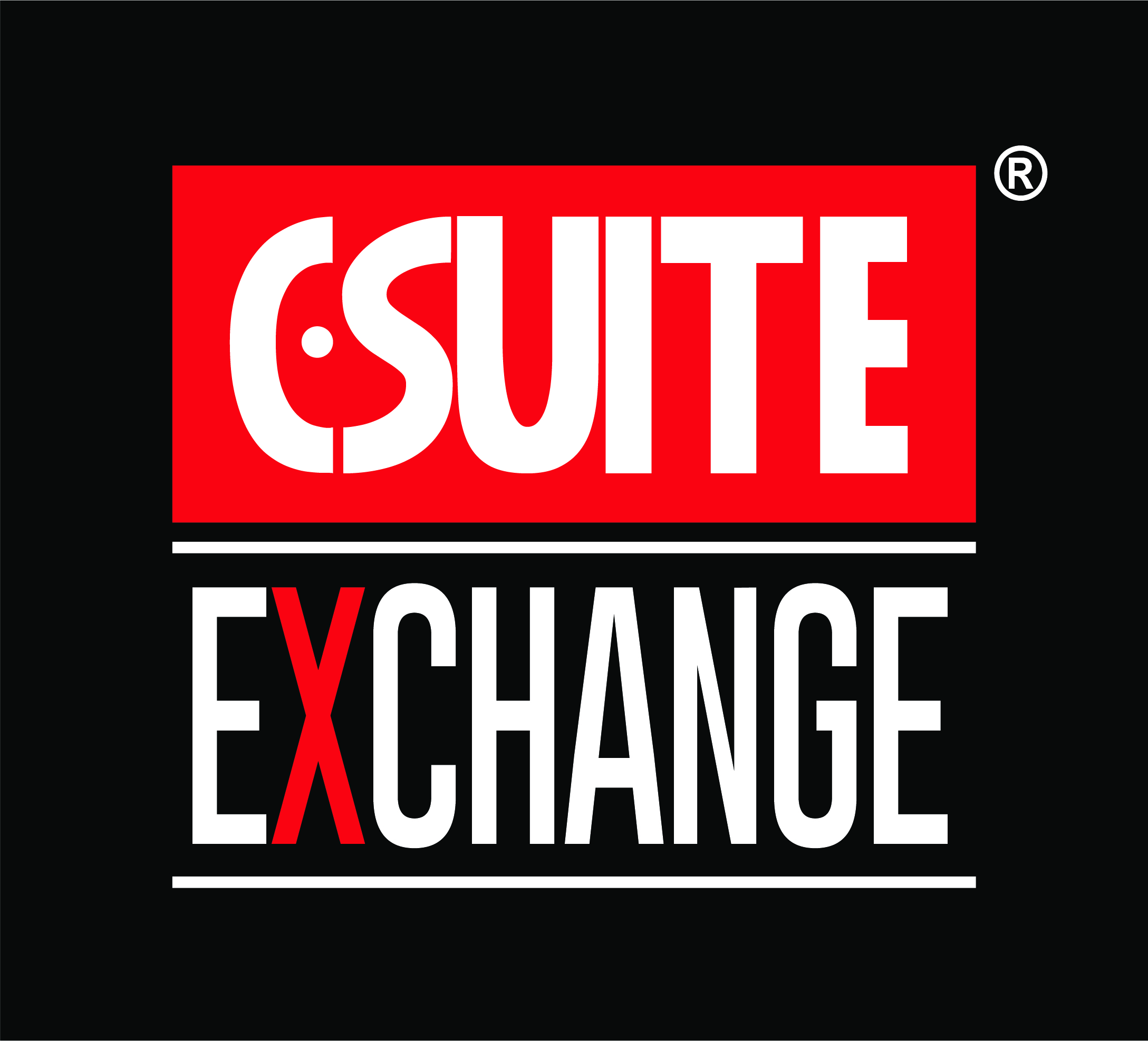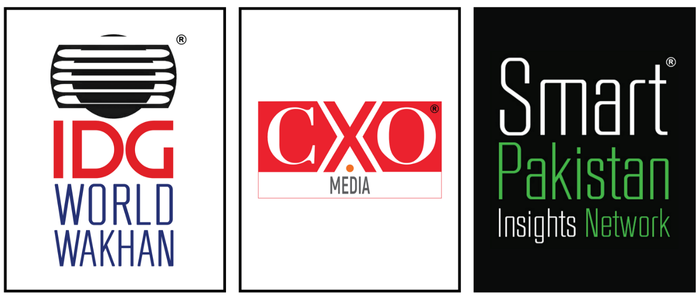Botsify has launched a new AI-powered system designed to enable users to build portable AI agents using conversational language. Unlike traditional chatbot platforms that rely on complex, flow-based builders, this release introduces a natural language “build agent” — an AI interface that allows users to describe what they need in plain English. The conversational builder then handles the creation process from start to finish, including logic, design, and integrations.
Users can initiate the building process with simple prompts such as, “Build me a FAQ agent that takes information from my website and attached PDF document,” or “Create an agent that pulls leave data from my HRMS using an employee’s phone number.” These inputs are processed by Botsify’s proprietary large language model (LLM), which interprets the instructions and configures the agent automatically. The result is a streamlined user experience where building AI agents becomes an interactive conversation rather than a manual task involving multiple configuration screens.
According to Botsify founder Usama Noman, the shift represents a new paradigm in software development. Rather than coding or dragging interface elements, users now collaborate with an AI that acts as a builder. This change simplifies the creation of smart assistants for various roles — from customer service to internal operations — without requiring technical expertise. The approach caters to both individuals and teams looking to accelerate deployment times and reduce reliance on development resources.
Another key feature of the release is the introduction of Model Context Protocol (MCP), Botsify’s new integration layer. This replaces the need for traditional native or custom API connections by enabling agents to plug into over 5,000 MCP-supported services. It also allows developers to define custom integration points, giving companies the ability to connect internal tools or proprietary data systems with minimal effort. The flexibility of MCP provides users a path to integrate their AI agents into existing digital ecosystems without custom engineering.
Botsify has further expanded the platform’s capabilities with support for file-based and web-based agents. Users can upload PDF documents or specify live websites as knowledge sources, enabling the agents to answer queries based on static or real-time information. This eliminates the need for additional training or retrieval-augmented generation (RAG) processes. Use cases for this feature include onboarding assistants, customer service bots, or internal documentation navigators that can instantly refer to manuals, HR policies, or product information.
While Botsify initially focused on chatbot solutions for customer support and marketing teams, the new release positions the platform as a broader agentic automation tool. The conversational builder opens new use cases such as internal productivity assistants, HR agents, sales automation bots, and more. Each of these agents can operate with contextual memory, dynamic integrations, and real-time access to business tools.
Usama Noman described the launch as a step toward building AI systems that function like team members. With natural language as the new interface for software creation, Botsify’s conversational-first platform aims to redefine how users interact with technology. The new agent builder is now live and available to all Botsify users. Further details can be accessed at Botsify’s official page.





